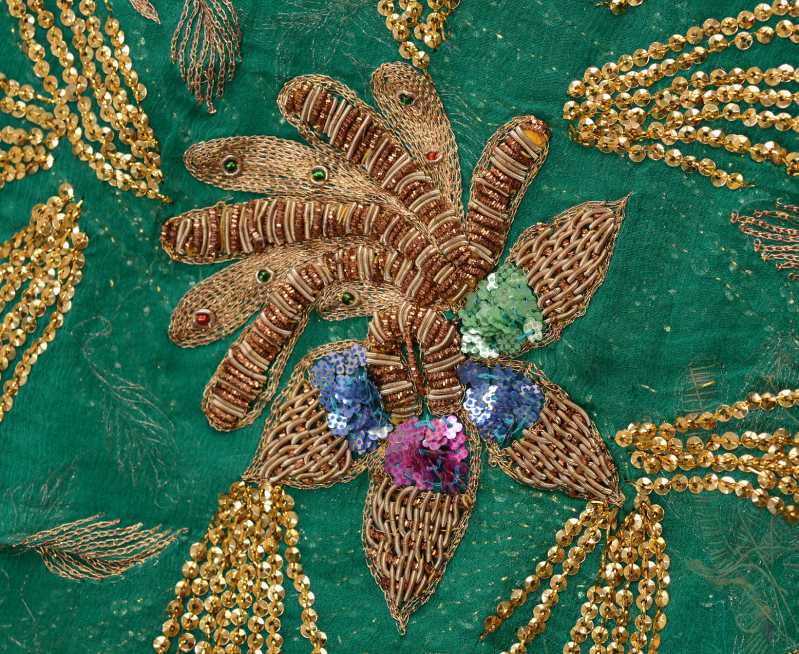===
0874,
2
===

=== |
 |
ga;Thnaa (with gathnaa as a variant) : 'To be knotted together, be tied together; to be joined, be connected; —to join, unite; to become fast friends'. (Platts p.897)
FWP:
SETS == SE
MOTIFS == EROTIC SUGGESTION
NAMES
TERMS == DOUBLE-GHAZAL; OPENING-VERSEThis ghazal has two opening-verses; that's why this second verse, chosen for SSA, has the structure of an opening-verse.
Since in the second line the word order has been rearranged in a potentially confusing way, let me just prosify it: paanii me;N lahar mahtaab se gathii hu))ii u;Thtii thii . 'Envy of the moon' is of course a stock epithet for the beloved. The wave could be 'joined with the moon' for several possible reasons:
=Since the moon is envious of the beloved's beauty, the moon sends down rays into the water so that they can join with the waves in caressing the beloved's body (taking mahtaab se as 'from the moon').
=Since the beloved herself is a 'moon' even more radiant than the celestial moon, the waves around her shine the way they would in (ordinary) moonlight (taking mahtaab se as 'from the moon').
=Since the beloved is so desirable, the waves wrap themselves sensuously, and even sensually, around her 'moon'-like body (taking mahtaab se as 'with the moon').